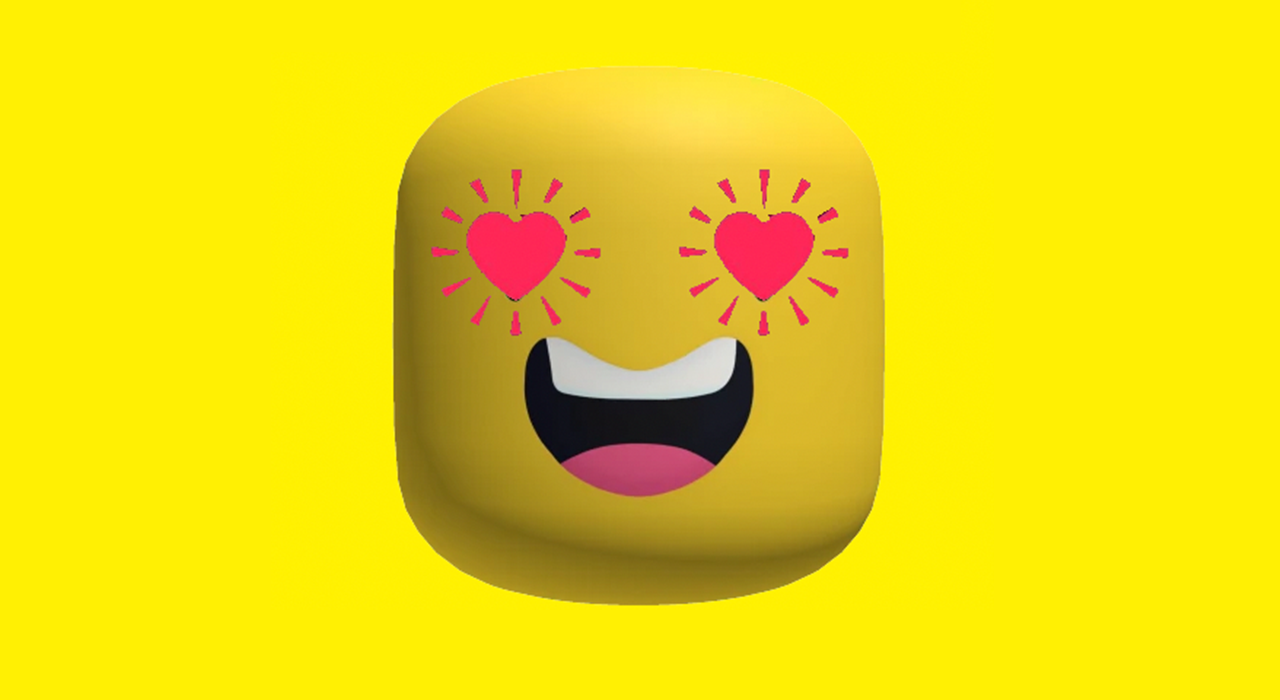Gesamtkunstwerk, or "total work of art," is a concept that originated in the 19th century, primarily associated with the works of Richard Wagner. It refers to a synthesis of various art forms into a cohesive whole, where music, drama, visual arts, and architecture are combined to create a unified artistic experience. This idea has been influential in various fields, including theater, opera, and even modern multimedia art.
Originally introduced in his 1849 essay “The Artwork of the Future”, Wagner envisioned a unified form of artistic expression that would synthesize multiple disciplines—particularly music, poetry, drama, and visual spectacle—into a single, cohesive experience. This vision found its realization in Wagner’s epic operatic works, such as Der Ring des Nibelungen, which blended orchestration, stage design, narrative, and performance into a seamless aesthetic whole.
Wagner’s use of Gesamtkunstwerk was revolutionary for its time. It broke down the traditional boundaries between artistic mediums, proposing instead a harmonized unity, where no single element dominated but rather each contributed to a grander, integrated expression It was most directly applied to opera, which Wagner sought to elevate beyond musical entertainment to a mythic, immersive experience.
In the 21st century, the digital medium has transformed the very landscape of art. Today, no creative form fulfills Wagner’s vision more completely than video games.
Let me prove it to you, with the many dimensions of art that can embodied within a video game:
| Discipline | Game Equivalent | Artistic Domain |
|---|---|---|
| Literature | Story/Narrative Design | Novels, poetry |
| Film | Cinematics/Cutscenes | Cinematography, acting, screenwriting |
| Fine Art | Concept Art, UI/UX, Aesthetic Styling | Drawing, painting, composition |
| Architecture | Level Design, Spatial Layout | Architecture, interior design |
| Animation | Rigging, character motion, VFX | Animation, motion graphics |
| Music | Dynamic Soundtracks, Sound FX | Musical composition, sound design |
| Engineering | Systems, Gameplay Logic, Engines | Computer Science, Mechanical Design |
| Psychology | Game Loops, Retention, Flow | Cognitive science, behavioral psych |
| Philosophy | Meaning-Making through Play | Ludology, cultural critique |
Video games IS Gesamtkunstwerk, synthesizing multiple artforms into a single, interactive experience. They combine narrative, visual art, music, and even architecture into a cohesive whole that engages players on multiple levels.
Each artistic domain—when practiced alone—draws deeply from the human soul. Writing, painting, composing: each is an act of self-expression. Yet video games can contain all of them and does one special thing: they make the self part of the artwork. Through gameplay, choice, exploration, and action, the player not only consume the work — but produce the work. Video games IS Gesamtkunstwerk, synthesizing multiple art forms into one single experience. They combine models of narrative, visual art, music, and even architecture into a cohesive artwork, an expressive model that engages players on all domains of art. How elegant is that? They are the culmination of all previous artforms, fused into a living, participatory system.
Even code, often seen as purely technical, is itself a form of art within the Gesamtkunstwerk of games. As Donald Knuth famously said, "Programming is an art form, like the creation of poetry or music." The elegance of a well-structured system — its logic, modularity, and harmony — is no less artistic than a brushstroke or a musical motif. While the player may never directly see the source code, they feel it: in the fluidity of movement, the responsiveness of controls, the intelligence of systems that seem alive. A well-crafted algorithm is not just efficient — it is expressive. It becomes the invisible hand that orchestrates gameplay, systems, pacing, and feedback. In this way, code becomes the invisible architecture of the experience, a poetic substrate upon which all other artforms rest. Within the Gesamtkunstwerk of video games, code is the score, and the player is the performer.
Thus, video games are the ultimate form of Gesamtkunstwerk.
Now, what does that reveal about the future of art, culture, and human expression?
Game must speak the languages of writers, architects, psychologists, musicians, and engineers. In such field of work, the painter and the programmer collaborate—not as opposites, but as co-authors of a shared aesthetic system , thus Gesamtkunstwerk in action.
We come to see that play is not a trivial concept. It has the power to profoundly create an expressive act. Games show us that play can carry philosophy, emotion, memory, and identity. It can be absurd or sacred, chaotic or intentional—but always human. Through games, we are reminded that even in systems, we seek soul.
Honor the disciplines you are merging. Treat levels like architecture. Treat sound like symphony. Treat code like poetry. Don’t trivialize the medium—elevate it. Viewing this as a Gesamtkunstwerk will help you see the potential of your work as a unified artistic expression, and not just a collection of disparate elements. Doing so intently, the make the game speak for itself, and the player will feel it. Ask: What am I trying to express? What am I inviting the player to feel, question, or discover? Meaning doesn’t happen by accident. Design with purpose. You are not building a story for the player; you are building a story with them. Always leave room for agency, choice, exploration. That is the nature of games - interactivity. Remember: the art becomes real only when it’s played.
Exercises
1. [🟢 Remember] Identify a Moment of Multidisciplinary Impact
Recall a moment in a game where multiple disciplines—art, sound, code, narrative, and space—converged to create a powerful emotional or aesthetic experience. What elements were involved? How did their synthesis elevate the moment beyond any single artform?
2. [🟢 Understand] Define the Gesamtkunstwerk Theory for Games
In your own words, explain what Gesamtkunstwerk means and why video games are uniquely suited to fulfill this vision. How does player interaction elevate it beyond its 19th-century operatic origins?
3. [🔵 Apply] Map Artistic Domains in Your Own Game Concept
Design a game concept and explicitly list how each artistic discipline (e.g., music, architecture, literature, programming) would be represented in your game. How do they connect to form a unified player experience?
4. [🔵 Analyze] Deconstruct the Code as Art
Choose a game you admire and research or imagine its core systems. How is the codebase an invisible artistic force? Where does its elegance reveal itself in gameplay, feedback, or flow? How would Donald Knuth view its structure?
5. [🟠 Evaluate] Compare Game to Opera
Pick a game and compare it to Wagner’s vision of opera as Gesamtkunstwerk. Does the game achieve harmony between narrative, performance, visuals, and music? Are there elements that dominate or disrupt the unity?
6. [🔴 Create] Design a Micro-Gesamtkunstwerk
Design a short game sequence (1–3 minutes) that expresses a unified artistic theme. Plan how each discipline—story, level layout, animation, code logic, music—will contribute to a singular emotional or conceptual experience. Bonus: Annotate each element’s artistic lineage.
7. [🔴 Create] Reimagine a Traditional Art Form as a Game Mechanic
Take a traditional artistic form (e.g., poetry, painting, theater) and transform it into a mechanic within a game. How does interactivity reshape it? What system design supports it? How do you preserve its essence while translating it to code?
8. [🔴 Create] Write a Developer's Creed of Unity
Inspired by Gesamtkunstwerk, write a personal or studio “developer’s creed” that honors the convergence of disciplines in your craft. What promises do you make to the art, the player, and the medium? What do you vow to elevate?
/ END OF LOG ENTRY / RETURN TO MAIN SYSTEM /

